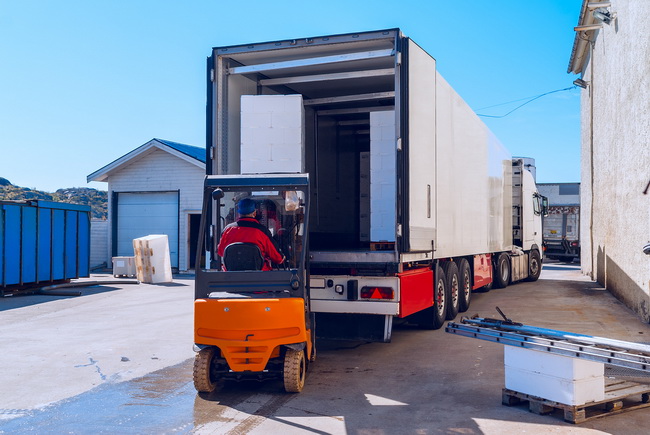Lifting works are an essential part of the truck, combined, and LTL freight forwarding. The safety of the cargo, as well as delivery speed, depends on performing loading and unloading operations.
Usually, organizing the loading of the goods is a task of the sender. The shipper is responsible for the unloading operations. It makes no sense for the driver who is not? the owner of the goods. If the goods are damaged during the lifting work, you should contact the person who ordered the shipment.
Loading and unloading technologies
The slowest way of loading and unloading the cargo is manual work. It is relevant when we speak about unstandardized goods. Apart from the low speed, the disadvantage of this way is also the necessity to place the cargo a few times. In addition, the longshoremen are not able to work with pallets, large-sized and heavy cargoes.
The modern technique for loading and unloading operations makes the process more effective. Container shipping is the leader when it comes to the speed of the lifting works. The cranes, as well as heavy lift trucks, are placed in all the ports and modern transport terminals.
During the organization of the container listing works, the main problems are the searching and accounting of the containers on the large terminal territory. Minor engineering is used while the storage works, for example, hydraulic trolleys. Full-featured lifting mechanisms are also relevant. The most common tools are tackles and winches. Freight conveyor belts are used in marine ports and raw material warehouses.
As for the usual warehouses, the most common mechanized facility is a fuel or electric forklift. It can load the truck from the stationary flyover or mobile ramp. The limitation of this loading way is the use of standard pallets. The positions of forks are considered for their sizes.
A stacking truck can be used for modern warehouses and transport terminals with high-altitude racks. This facility combines the advantages of the mobile loader and the lifting crane.
You must also know about the safety measures for performing loading and unloading operations. They refer to the safety of the cargo and people who lift and work with facilities.
The signs on the package indicate the peculiar features of the lifting works. The information on the package can tell that you deal with:
- fragile goods (it’s forbidden to throw them);
- goods which humidity can damage;
- the upper part of cargo;
- temperature limitations.
As for the workers, they are not allowed:
- to work without a uniform;
- to load more than 110 pounds on their own;
- to transport goods on the stairs;
- to work on the slippery floors;
- to load cargoes more than 6,5 feet high.
Health and safety also limit the work with freights for teenagers and women. People, who don’t have special licenses, can’t manage the loaders. Work with dangerous goods is allowed only after the person is instructed.

